Canned vegetables are a mainstay in kitchens everywhere. They’re affordable, last a long time and are perfect when fresh veggies are either out of season or just not available. This makes them a great pick for keeping your kitchen stocked with nutritious choices, no matter where you are.
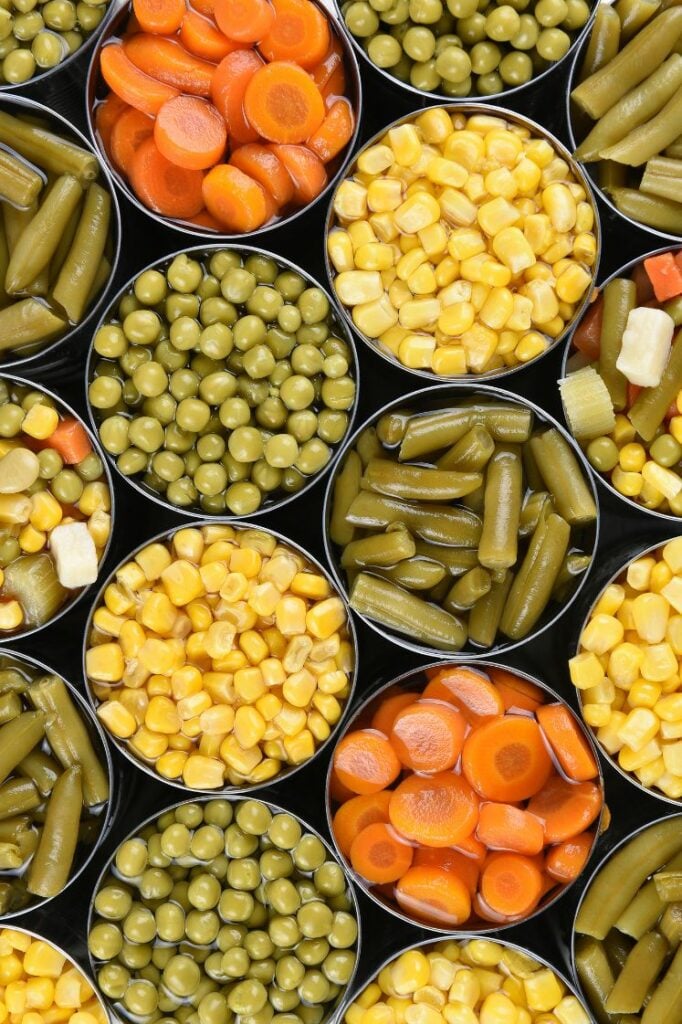
One of the most compelling reasons to use canned vegetables is their convenience. Unlike fresh vegetables, which may require peeling, chopping, and other prep work, canned vegetables are often ready to use right out of the can. This can significantly cut down on meal prep time, making it easier for busy individuals and families to incorporate more vegetables into their diets.
Canning vegetables involves cooking them in a sealed container that’s heated enough to kill harmful microbes. This method keeps the veggies safe and locks in their nutrients and flavor for much longer. Even better, many brands today have stepped up to meet health trends with plenty of low-sodium and preservative-free options.
There’s a bit of a debate about how canned goods stack up nutritionally against fresh or frozen options. Yes, some nutrients may dip during canning, but in many cases, canned veggies can actually retain more nutrients than fresh ones that have been sitting out for a while. It’s always smart to read those labels to choose the best canned vegetables for your cooking.
Moreover, canned vegetables are often picked and processed at their peak ripeness, ensuring that they are nutrient-dense when they reach your pantry. This is in contrast to fresh vegetables, which might be harvested before they are fully ripe to withstand transportation and storage, potentially leading to a loss in nutritional quality.
How canned vegetables are made
Understanding how canned vegetables are made is crucial for appreciating their role in providing safe and long-lasting food options. This process not only ensures that vegetables remain safe to eat but also preserves their nutritional value for extended periods.
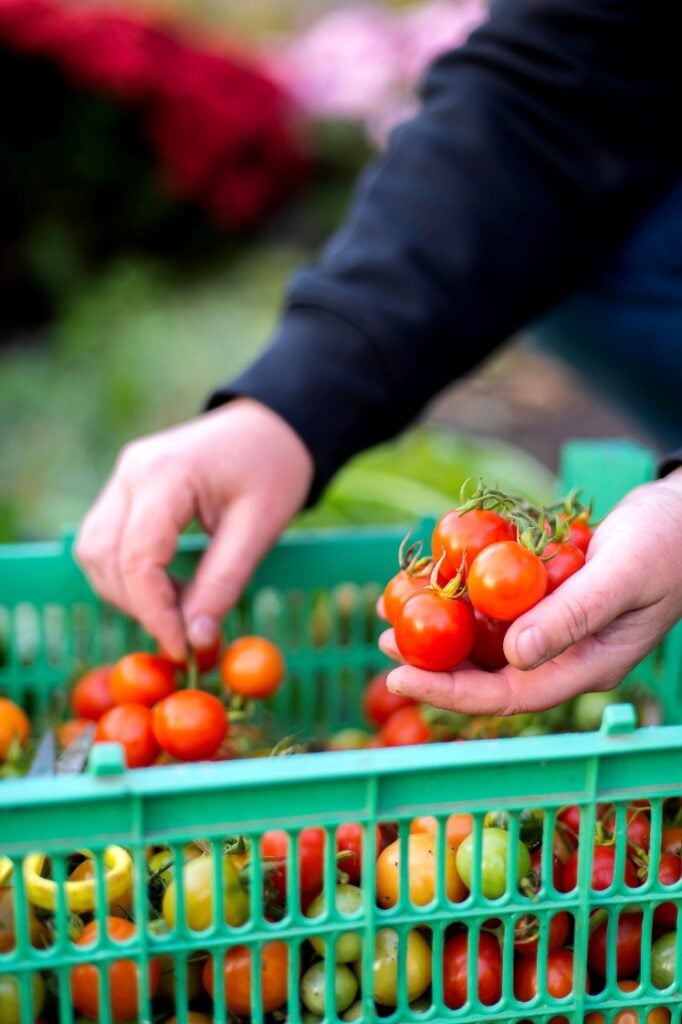
Canning vegetables is a precise process that ensures both safety and longevity. Vegetables are picked at their peak and quickly taken to canning facilities, where they are cleaned, possibly cut and then blanched to stop any enzyme activity that could spoil their taste and nutritional benefits. They are then packed in cans with water or seasoned brine and heated to a high temperature to sterilize them. After cooling, the cans are labeled and shipped out.
This meticulous process also involves rigorous quality control checks to ensure that each can meet safety standards. These checks include monitoring the temperature and pressure during the canning process and testing for potential contamination. This ensures that the final product is not only safe to eat but also of high quality.
Can selection while shopping
When choosing your canned vegetables, always inspect the cans for any signs of damage, such as dents or rust, which can compromise the safety and quality of the contents. For those monitoring their sodium intake, selecting low-sodium options is a smart choice, as it helps manage your diet without sacrificing taste.
Additionally, look for products with straightforward ingredient lists — vegetables, water and minimal additives are best. This ensures you are getting the most natural product possible.
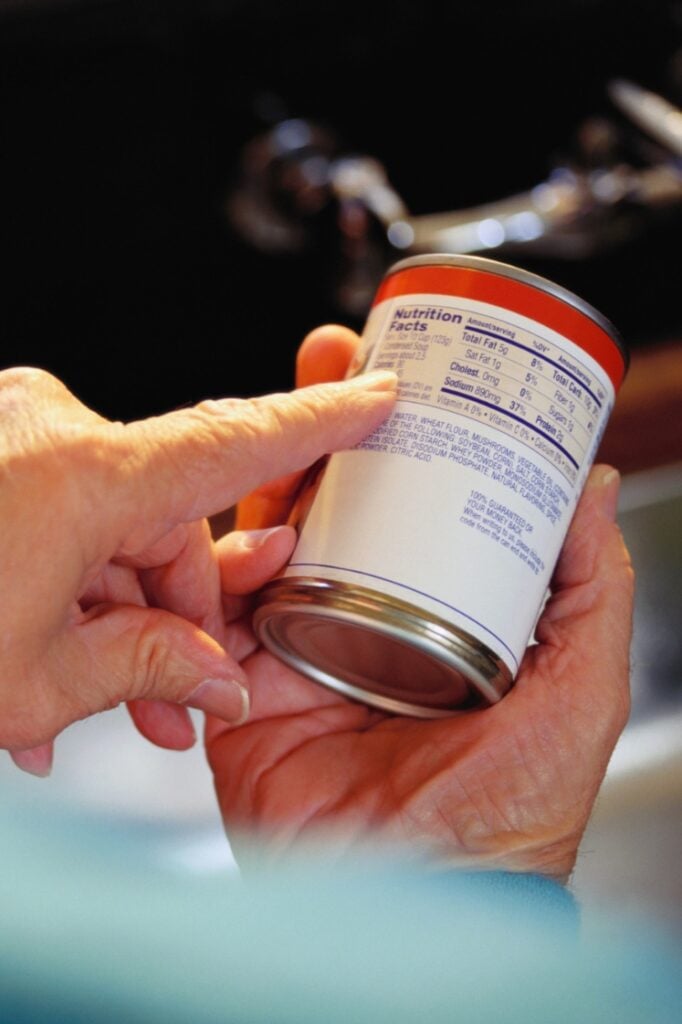
Another tip is to be mindful of the “best by” dates on the cans. While canned vegetables have a long shelf life, they are not indefinite. Checking the dates ensures that you are using the freshest possible product from your pantry.
How to use canned vegetables
To get the most out of canned vegetables, start by draining and rinsing them to reduce sodium. Rinse vegetables under cold water for about 30 seconds. This can remove up to 40% of the sodium. Rinsing also helps to get rid of any preservatives that might affect the taste. Dry the vegetables with a paper towel if a drier texture is needed for your recipe.
Then, warm them on the stove or in a microwave. Simple seasonings like herbs, salt and pepper or a dash of butter or olive oil can enhance their flavor. They’re great in soups, salads, casseroles and stir-fries — just add them towards the end of cooking to keep their texture intact.
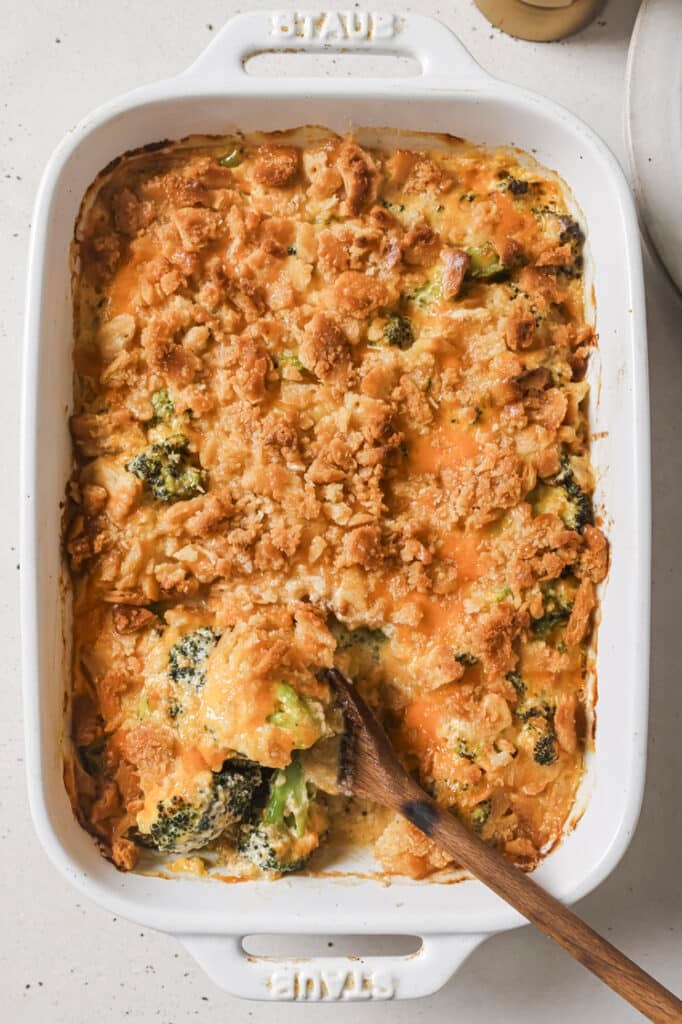
For those who enjoy experimenting in the kitchen, canned vegetables can be a fantastic base for creating new dishes. For instance, you can blend canned tomatoes into a smooth sauce or puree canned carrots and mix them into a cake batter for added moisture and nutrients.
“Canned veggies like green beans are a staple in my kitchen, especially the no-salt-added versions, so I can flavor them to taste later without going overboard.”
— Kristin Duke, content creator at MrAnimal Farm
Ideas for meals with canned vegetables
Canned vegetables are incredibly versatile. You can use them in everything from soups and stews to salads and casseroles, streamlining meal prep and enhancing your dishes.
- Add them to soups and stews for extra flavor and nutrients.
- Whip up quick and easy lunches or dinners like stir-fries or simple chicken dishes with canned mushrooms.
- Use them in sides and casseroles, or mix them into salads for an easy boost of nutrition.
- Toss canned beans into a taco filling or a chili for a hearty and filling meal.
- Create a quick pasta sauce with canned tomatoes, herbs and your favorite spices.
- Enhance breakfast omelets or scrambles with canned spinach or asparagus for a touch of green and extra nutrients.
- Mix with leftovers or fresh ingredients to create tasty new meals.
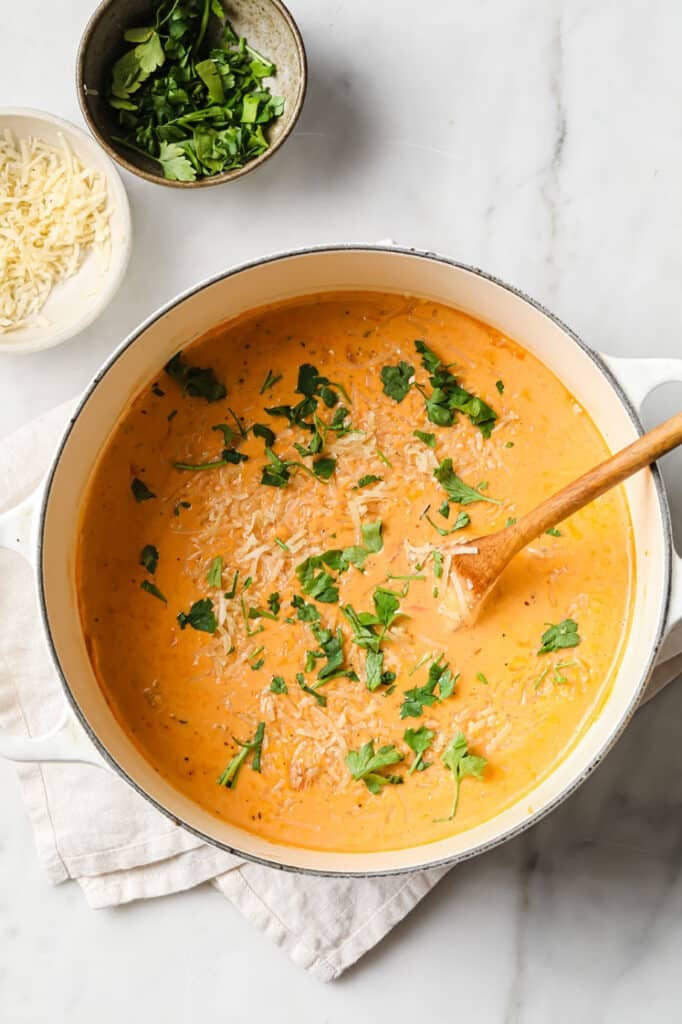
“My favorite vegetable to buy canned is beets; it’s a great time-saver to not have to roast them yourself. I love throwing canned beets onto salads, into fruit smoothies and even into homemade hummus.”
— Anne Mauney, MPH, RD, fANNEtasticfood.com
Storing and keeping canned vegetables
Understanding the shelf life of canned vegetables can help consumers make informed decisions about storage and consumption. Their longevity can vary significantly based on their acidity levels.
High-acid canned vegetables, such as tomatoes and pickles, typically have a shorter shelf life due to the natural acidity that can affect the preservation process. These vegetables generally last 18 months to 2 years when stored in a cool, dry place. Low-acid canned vegetables, such as corn, peas, and beans, have a longer shelf life due to their lower acidity levels. These vegetables can last for 2 to 5 years when stored properly.
Once opened, canned vegetables should be stored in an airtight container in the fridge — not in their original can — to avoid contamination and keep them fresh. Typically, they last about 3 to 4 days in the fridge.
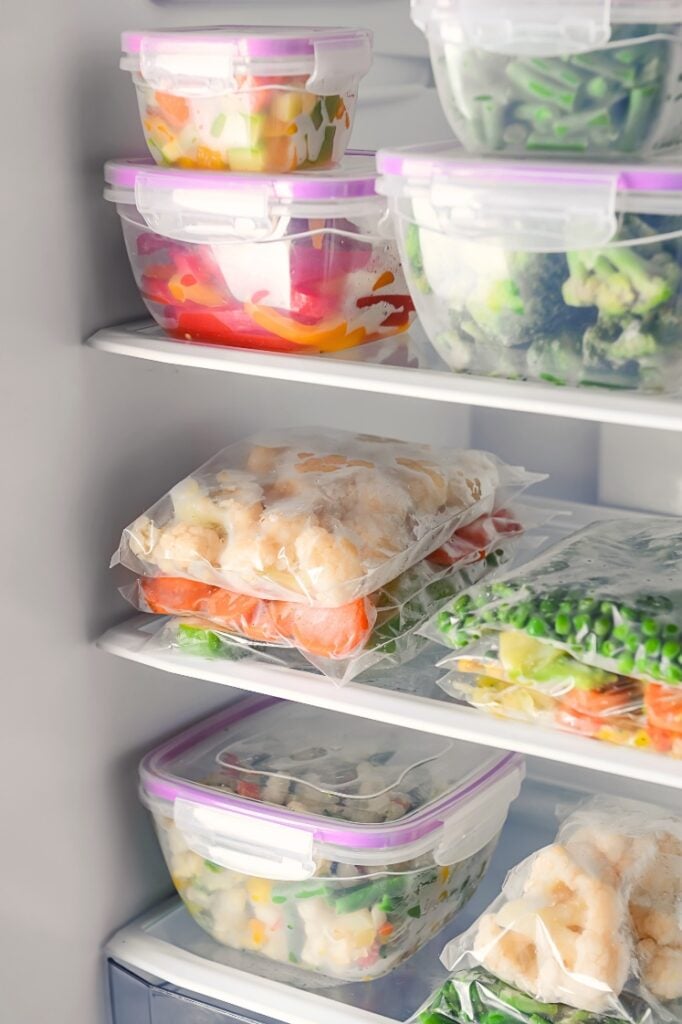
Labeling the container with the date you opened the can is also a good idea. This helps you track how long the canned vegetables have been stored and ensure you consume them while they are fresh.
Also, keep an inventory list to track what you have and note expiration dates to ensure you use older items first. Proper rotation and management prevent waste and help you use your pantry best.
Final thoughts
Canned vegetables are a practical, nutritious choice for anyone looking to enhance their diet. They’re available year-round and are an easy way to include more veggies in your meals. Remember to choose low-sodium options and read labels to understand what you’re buying. By opting for canned vegetables, you’re choosing a simple way to keep nutritious and versatile ingredients within reach, supporting your health and budget.
In summary, the convenience, affordability, and long shelf life of canned vegetables make them an excellent addition to any kitchen. Whether you’re a busy professional, a parent trying to feed your family healthy meals, or someone looking to add more vegetables to your diet, canned vegetables offer a reliable and nutritious solution.
Disclaimer: These statements have not been evaluated by the Food and Drug Administration. The contents of this article, made available via Real Balanced, are for informational purposes only and do not constitute medical advice. The Content presented here is not intended to be a substitute for professional medical advice, diagnosis, or treatment. Always seek the advice of a qualified healthcare provider with any questions you may have regarding a medical condition or dietary changes. Reliance on any information provided by this article is solely at your own risk.
Portions of this article originally appeared on Food Drink Life.
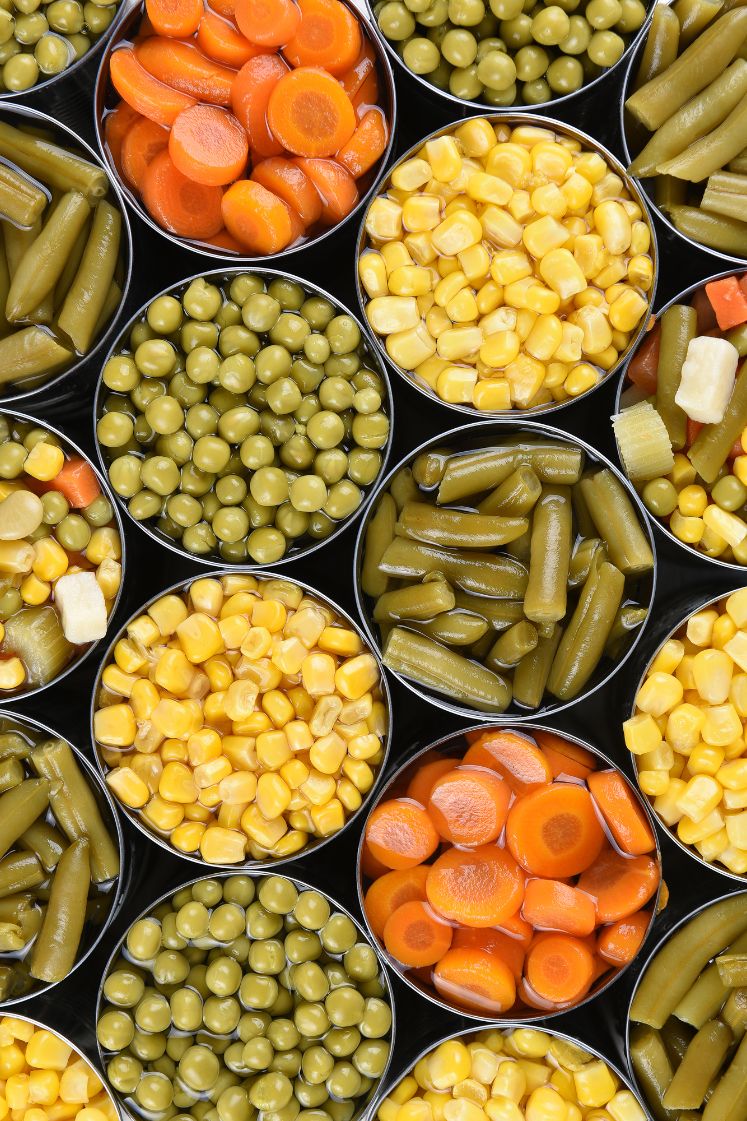
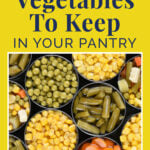


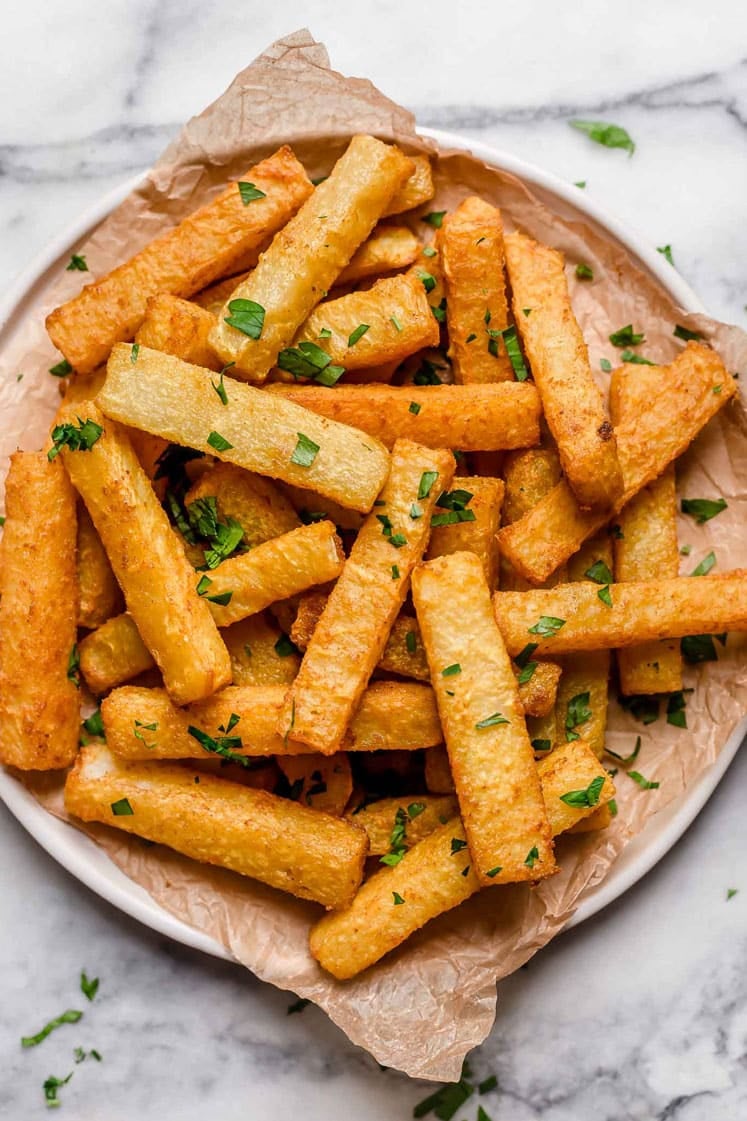

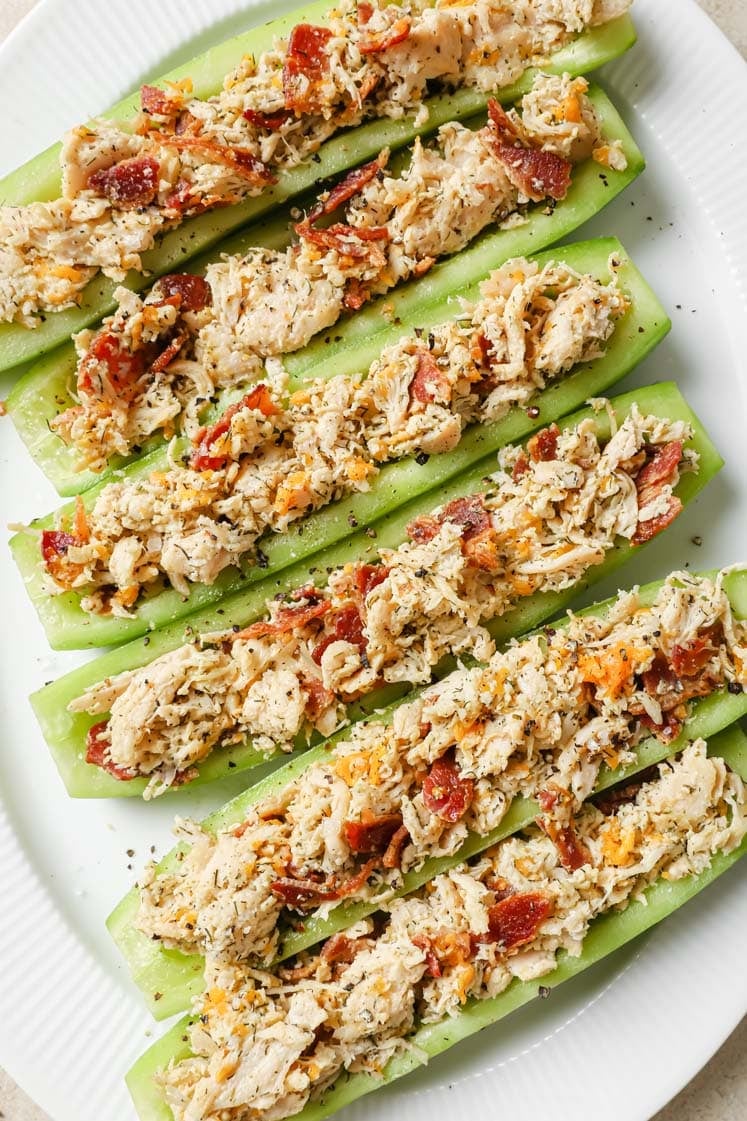

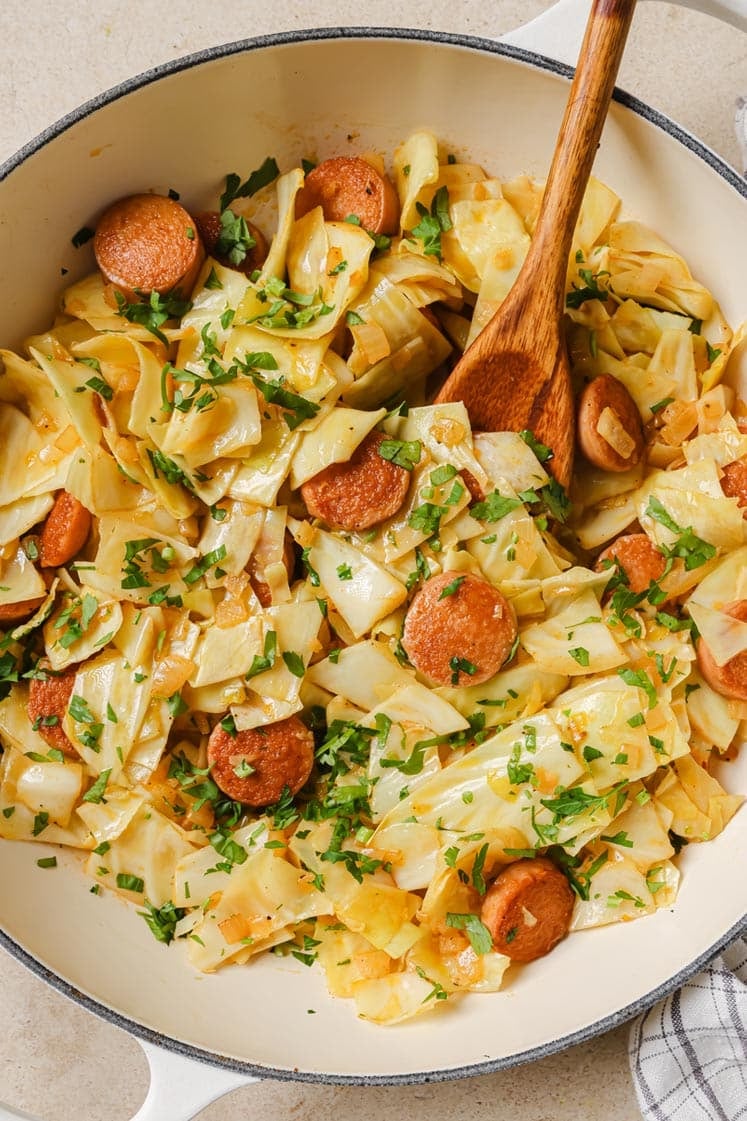
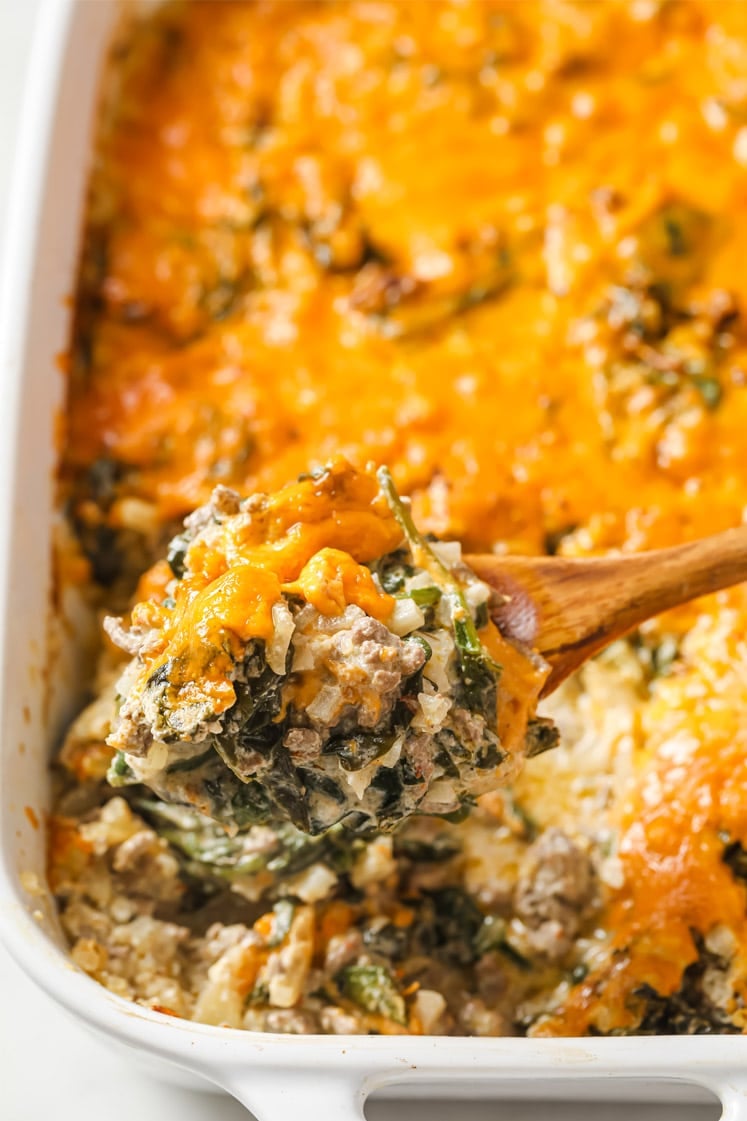

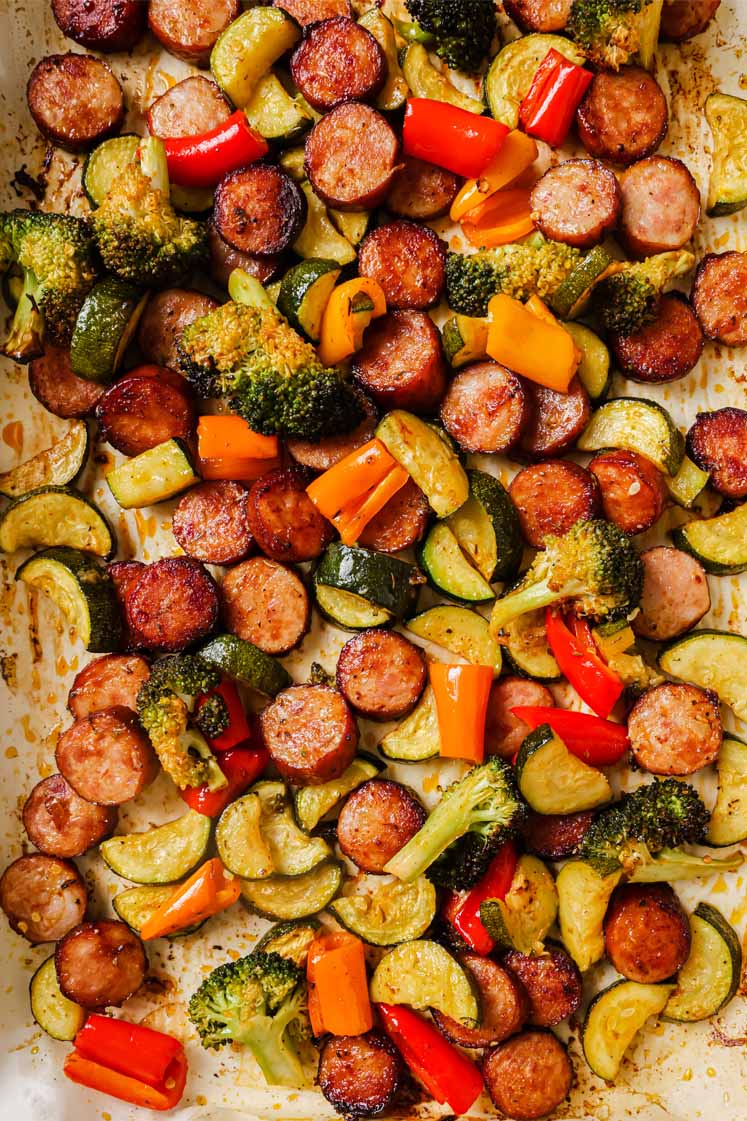
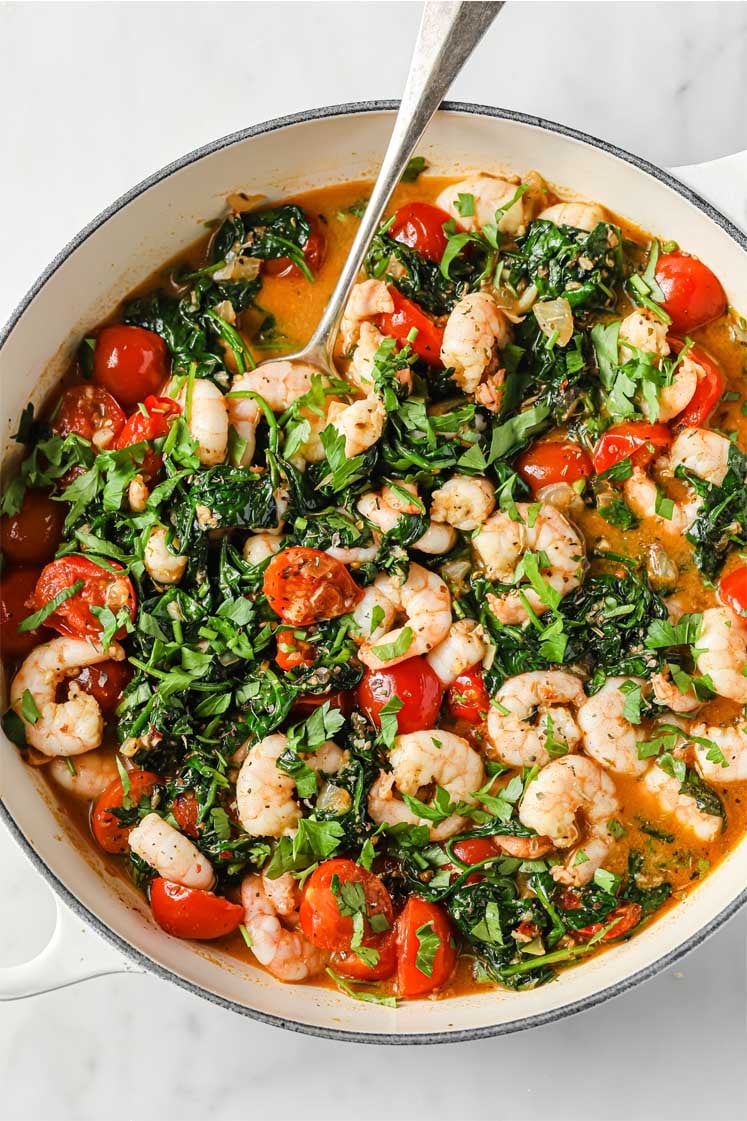
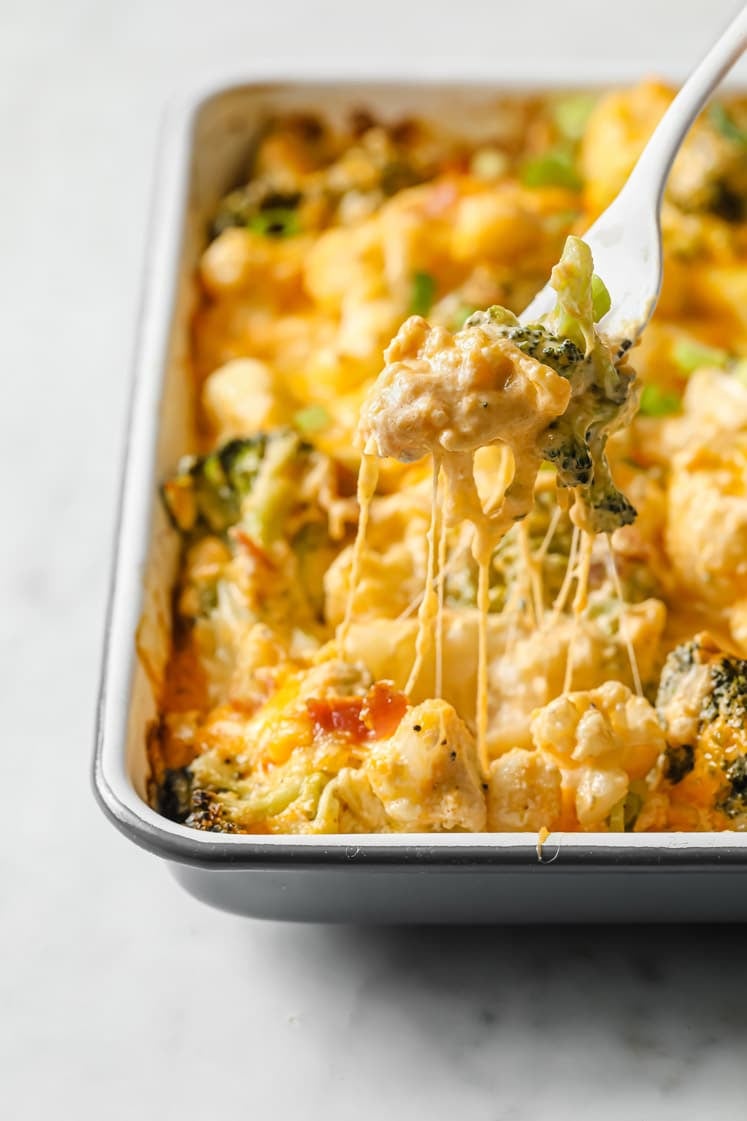
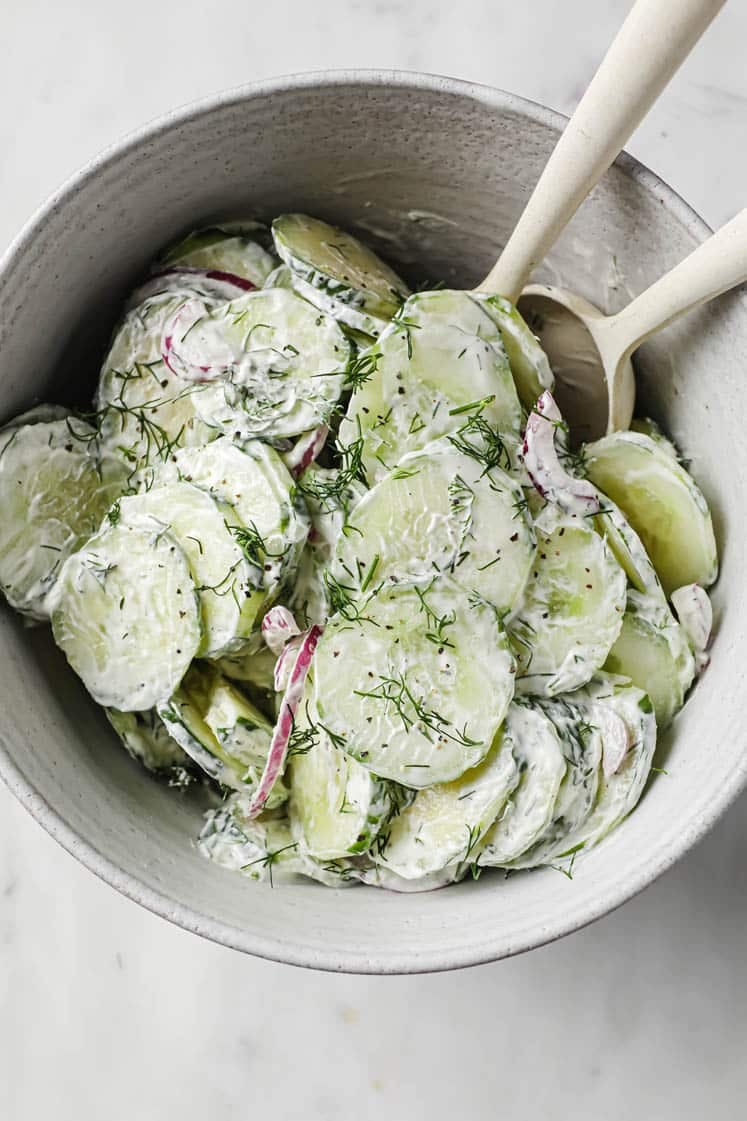









Leave a Reply